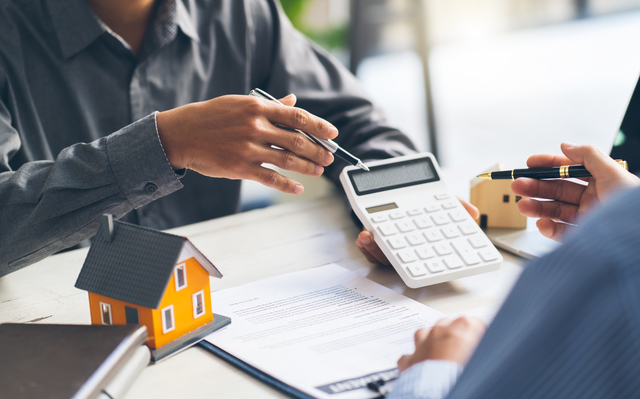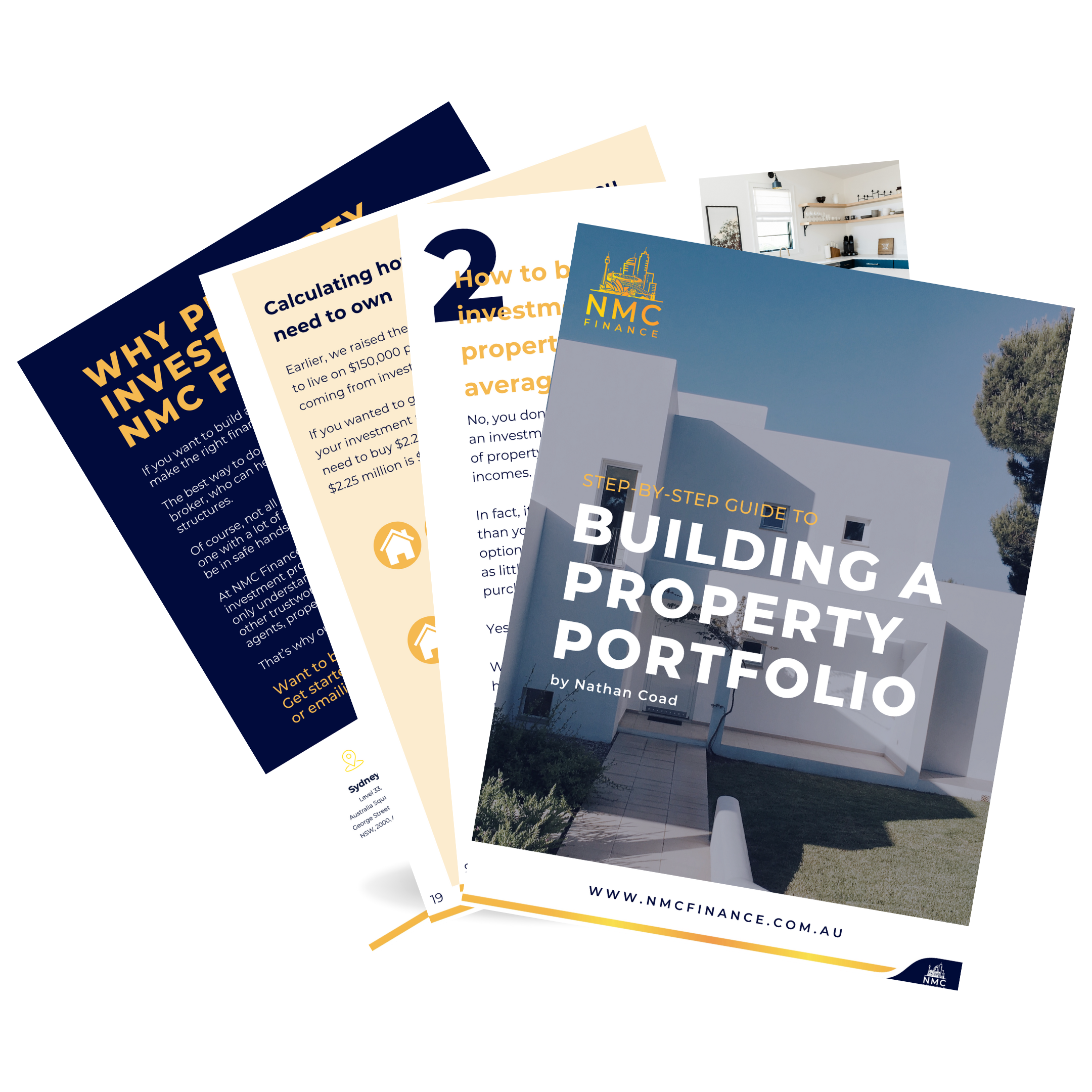Many Australians are locked out of the property market. The latest ANZ-CoreLogic Housing Affordability report estimated dwelling values were, as of March 2022, a record 8.5 times higher than the median annual household income.
Now compare that to March 2020, pre-pandemic, when the ratio was sitting at 6.8.
However, despite the increase in the value-to-income ratio, servicing a home loan isn’t the biggest barrier to homeownership in Australia. That’s because house loan rates remain historically low – yes, even with the Reserve Bank of Australia lifting the official cash rate in May.
Rather, the biggest challenge most home-buyers face is saving for a 20% deposit.
The ANZ CoreLogic report found it took, on average, a national high of 11.4 years to clear the deposit hurdle, assuming a household saves 15% of its income per annum.
That’s up from 9.2 years in March 2020 –the fastest uplift in the metric over a two-year period on record – highlighting just how extraordinary recent property price growth has been.
Unsurprisingly, homeownership rates are falling sharply, particularly for those under 40 years of age.
So, following Labor’s recent federal election win, what are the new government’s plans to
solve the problem?
Help to Buy
The new federal government’s flagship policy is ‘Help to Buy’ – a shared-equity scheme that helps eligible homebuyers with both the size of their deposit and their repayments.
Under the Help to Buy scheme, 10,000 low- and middle-income households a year would be given the opportunity to co-purchase a home with the government.
The federal government’s equity stake could be as much as 40% (for a new home) or 30% (for an existing property).
The homebuyer would need to have a deposit of at least 2% and qualify for a standard mortgage with a participating home loan lender. However, they would avoid paying LMI and have the option of taking additional equity in the property over the life of the mortgage loan.
They also would not have to pay rent on the proportion of the property owned by the government.
When the property is sold, the government will take back its equity and its share of the capital gain.
Those eligible for the scheme are singles on a taxable income of up to $90,000 or couples on a combined $120,000.
Property price caps will apply too, so, in Melbourne and Geelong, your maximum budget would be $850,000. In the rest of Victoria, properties will be capped at $550,000.
Regional First Home Buyer Support Scheme
Labor also committed to creating a regional housing scheme with 10,000 places a year for first home buyers.
The new regional incentive works in a similar fashion to the existing First Home Buyer Loan Deposit Scheme, in that the federal government will guarantee up to 15% of a property’s value. This means eligible buyers can purchase a new home or build in a regional location with a deposit of as little as 5%, without paying lender’s mortgage insurance.
Other Labor housing proposals
Labor’s other key housing policies are setting up the:
- Housing Australia Future Fund – a $10 billion fund to help build 30,000 new social and affordable housing properties
- National Housing Supply and Affordability Council – to tackle the housing supply issue in Australia.
Looking to break into the property market? NMC Finance is an experienced home loan mortgage broker and can help you get on the ladder. Contact Nathan Coad on 0498 766 639 or nathan.coad@nmcfinance.com.au to find out more.
* This blog is intended for general informational purposes only. For personalised advice tailored to your unique financial situation, please contact NMC Finance.

